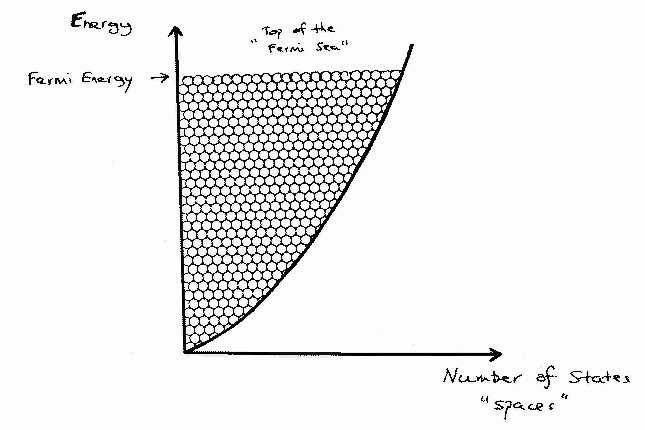Astro 103 - Lecture 12

 Lectures Lectures  |
Lecture page |
|

 Lectures Lectures  |
Lecture page |
|

After Helium core burning on Horizontal Branch . . .
 C
C
H He
He
 planetary nebula
planetary nebula
 white dwarf
white dwarf
Why dwarf? ------ small
 R2
T4
R2
T4
 enrich the ISM* with dust
enrich the ISM* with dust
- projection effect
- longest path-length at edge
cools and fades ................
- Temperature (T): measure of average particle speed
- Kinetic energy  speed2
speed2
 T is related to energy
T is related to energy Ethermal = kT
(k is another "magic" constant)

Degeneracy is lifted when Ethermal = kT is roughly equal to the Fermi Energy
How can we check?
(ii) Measure relative density of stars at different stages
(iii) Combine information for many clusters of different ages
assumption:
(b) both are made of hot gas
(c) both have carbon
(d) both have at least one star inside them
(e) both are usually shaped like symmetric, evacuated shells
(b) core-bounce wouldn't occur
(c) there would be no Helium Flash
(d) shell-burning wouldn't occur
(e) in fact, it would never become a giant
 Lectures Lectures  |
Lecture page |
|